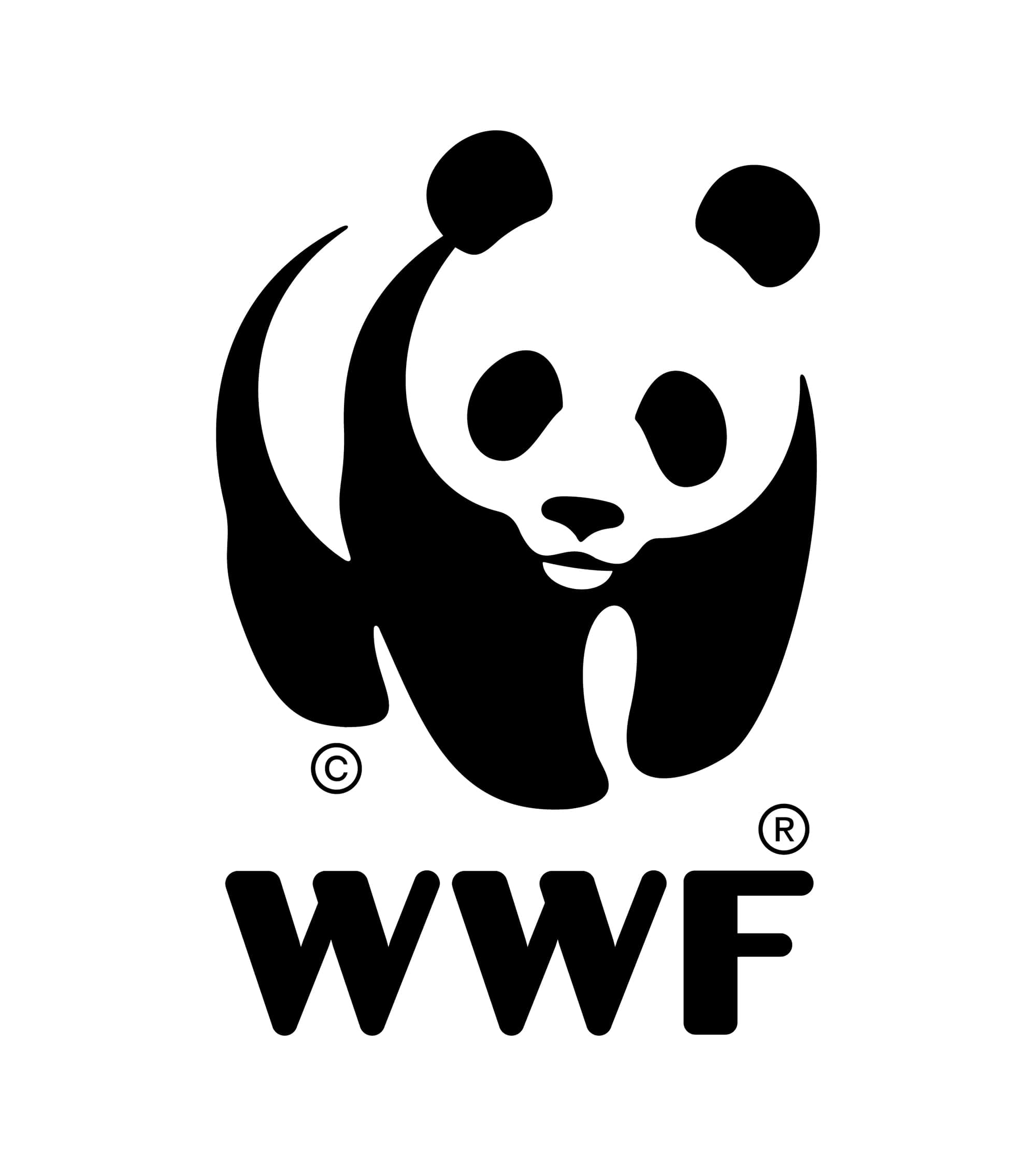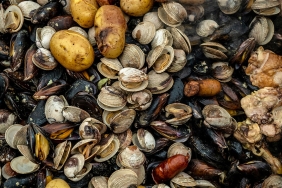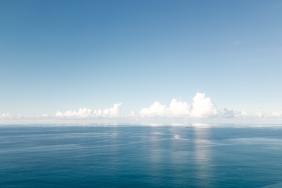PT MUSTIKA MINANUSA AURORA AND PT MISAJA MITRA PATI: ASC ECOLABELING AS A SUSTAINABILITY EFFORT FOR AQUACULTURE'S FLAGSHIP SPECIES - TIGER PRAWNS
Tiger shrimp have been an integral part of Indonesia's aquaculture history for centuries. Tiger shrimp farming has been known since Dutch colonial times when they were reared in traditional ponds (Hambrey, John. 1992).
In recent decades, increasing global market demand has driven the growth of the tiger shrimp farming industry in Indonesia. The tiger shrimp farming peaked in the 1980s to early 2000s when tiger shrimp production reached more than 500 thousand tons per year (Adisukresno. 2002). Unfortunately, production declined thereafter, mainly due to the infestation of White Spot Syndrom Virus (WSSV), (e.g. Aceh, the largest tiger shrimp-producing region in Indonesia, experienced a significant decline in 2010 from production of 100,000 tons/year to 70,000 tons/year.
To realize the sustainability of tiger shrimp farming, as a species native to Indonesia, WWF-Indonesia and its partners are trying to make various improvements. The Seafood Savers platform has been in place with partner companies, PT Mustika Minanusa Aurora and PT Misaja Mitra Pati since June 2015 and May 2022. These two companies have established close partnerships with traditional farmers who are assisted in implementing the Aquaculture Improvement Program towards Aquaculture Stewardship Council (ASC) ecolabel certification
PT Mustika Minanusa Aurora is working with two traditional farmers in Tarakan, North Kalimantan, while PT Misaja Mitra Pati is working with four traditional farmers in Brebes, Central Java. This move will not only strengthen local communities but also provide a major boost to the economic development of local people.
One important aspect of fisheries sustainability is habitat conservation activities. Both companies recognize the importance of mangroves as a natural habitat for various species of biota. The companies are committed to mangrove rehabilitation efforts, as a form of compensation for their aquaculture activities, as well as an effort to support the realization of a balanced and sustainable ecosystem.
Shrimp farming itself is mostly done in ponds converted from mangrove ecosystems. Based on data released by Clark Lab (https://www.aquaculture.earth/coastal/index.html), in the period 1999 - 2022, 2,077,751 km2 of mangrove forests in Indonesia were converted into shrimp ponds.
In a period of 1 year, PT Misaja Mitra Pati has succeeded in planting mangroves in an area of 5 ha while PT Mustika Minanusa Aurora Tarakan for approximately 10 years has succeeded in planting mangroves in an area of approximately 50 hectares The success of rebuilding mangrove habitat and coastal vegetation environment is expected to restore, maintain and improve the function of forests and land to increase carrying capacity, productivity, and maintain life support systems..
The existence of cooperation with traditional farmers requires more roles from the company to maintain commitment and relationships with farmers. Ansar Anam, PIC of PT MMA, said "The legality management of the farmers in Tarakan is quite time-consuming and requires a lot of effort because the average aquaculture pond land in Kaltara has almost no legality. The existence of this program makes farmers quite helpful by legalizing their land. This program also provides assistance as well as training that can increase knowledge for the cultivation itself."
Efforts are also made to ensure the health and welfare of shrimp. This not only prioritizes effective disease prevention but also the animal welfare aspect. By minimizing the risk of disease, both companies ensure that the shrimp produced is not only of high quality but also produced with high ethical standards. The companies also give a strong warning not to hunt wild animals around the farm environment.
Through partnerships with traditional farmers, the company helps sustain the local economy. Their mangrove restoration efforts also help provide protection against coastal erosion and provide habitat for a variety of marine animals. In addition, the focus on shrimp health also reduces the risk of environmental pollution from the overuse of drugs and chemicals.
Mardhani Lucky, a representative of PT Misaja Mitra Pati said, "Working with farmers brings new challenges such as maintaining the commitment of farmers and convincing them in the field of aquaculture. Erratic and unpredictable weather also poses a challenge because the AIP cycle occurs during the prolonged dry season. But with full effort and commitment from all involved, the AIP was a success and resulted in the farming process being able to produce SR >25% following the set standards." Efforts to improve tiger shrimp farming practices by both companies and their suppliers have been verified by a third party, Certified Accreditation Body. PT MMA achieved ASC shrimp certification on 100 ha of its supplier ponds and PT Misaja Mitra Pati on 11.14 ha. The total certified area of traditional ponds with small-scale farmers as producers is 111.14 ha, with an annual production of 11.4 tons.
This achievement is a strong foundation for the company's sustainability journey. Hopefully, their efforts will inspire other fisheries industries to follow suit towards a more sustainable future for Indonesian fisheries.





